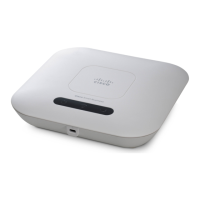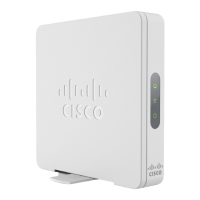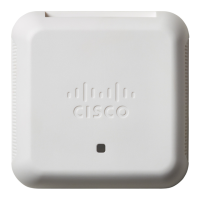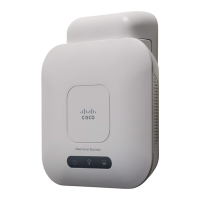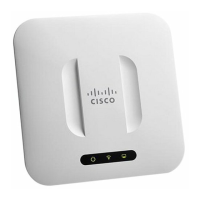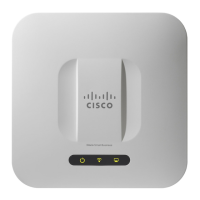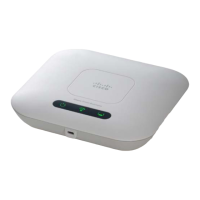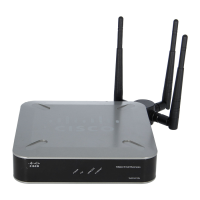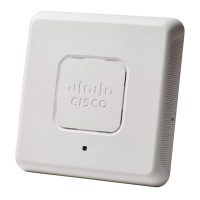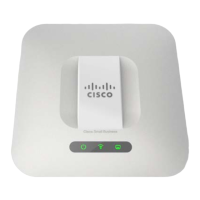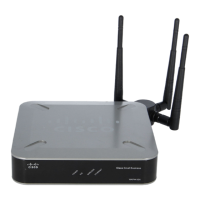To delete or modify an ACL, select the ACL and then click Delete or Edit. To delete or modify a rule, select
the rule in the Rule Configuration area and click Delete or Edit.
Note
Step 8
Click Save.
Client QoS
Client Quality Of Service (QoS) is used to control the wireless clients connected to the network, and manages
the bandwidth that is used. Client QoS can control the traffic such as the HTTP traffic or traffic from a specific
subnet by the use of Access Control Lists (ACLs). An ACL is a collection of permit and deny conditions,
called rules, that provide security and block unauthorized users and allow authorized users to access specific
resources. ACLs can block any unwarranted attempts to reach network resources.
Traffic Classes
The QoS feature contains Differentiated Services (DiffServ) support that allows traffic to be classified into
streams. It is also given a certain QoS treatment in accordance with defined per-hop behaviors.
The standard IP-based networks are designed to provide best-effort data delivery service. Best effort service
implies that the network delivers the data in a timely fashion, although there is no guarantee that it will. During
times of congestion, packets may be delayed, sent sporadically, or dropped. For typical Internet applications,
such as email and file transfer, a slight degradation in service is acceptable and in many cases unnoticeable.
However, on applications with strict timing requirements, such as voice or multimedia, any degradation of
service has undesirable effects.
A DiffServ configuration begins with defining class maps, which classify traffic according to their IP protocol
and other criteria. Each class map can then be associated with a policy map, which defines how to handle the
traffic class. Classes that include time-sensitive traffic can be assigned to the policy maps.
Configuring IPv4 Traffic Classes
To add and configure an IPv4 class map:
Step 1
Select Client QoS > Traffic Classes.
Step 2
Click ✚ to add a Traffic Class.
The maximum number of class maps is
50.
Note
Step 3
In the Traffic Class Name text box, enter the name for the new class map. The name can contain from 1 to 31 alphanumeric
and special characters. Spaces are not allowed.
Step 4
In the Class Type, choose IPv4 from the list. The IPv4 traffic classes applies only to IPv4 traffic on the WAP device.
Step 5
Configure the following:
• Source Address — Requires a packet's source IPv4 address to match the IPv4 address defined in the appropriate
fields.
◦ Any — Any IPv4 address to be used as the source address.
Cisco WAP125 Wireless-AC/N Dual Band Desktop Access Point with PoE
73
Access Control
Client QoS
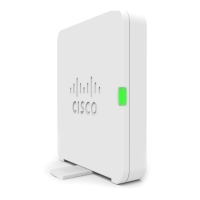
